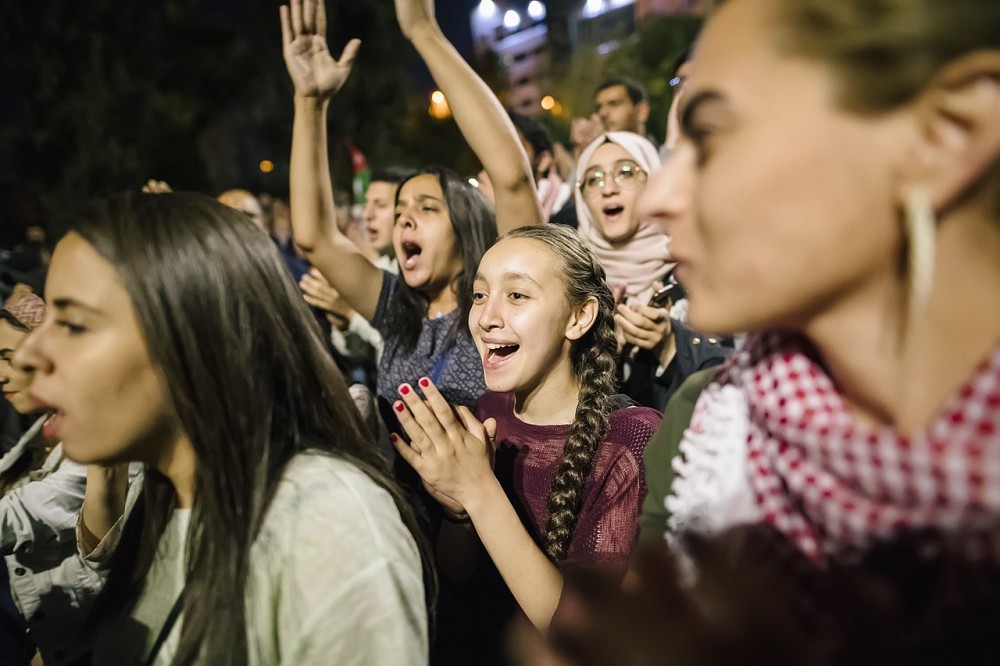Jordan's young protesters say they learned from Arab Spring mistakes
Women were fully engaged in these protests, as demonstrators rejected past divisions such as between Islamist and secular groups.

(The Christian Science Monitor) The men and women who took to Jordan’s streets were young, adamantly nonpartisan, and convinced that their greatest strength was learning from the failures of the Arab Spring.
In their view, that effort was hijacked by opposition groups that polarized societies along Islamist versus secular and nationalist versus opposition lines.
These new protests erupted after the government proposed a law that would raise income tax by 5 percent on individuals and 20 to 40 percent on companies. A short strike evolved into a nationwide protest movement for more than a week, with protesters gathering after breaking their Ramadan fast.





